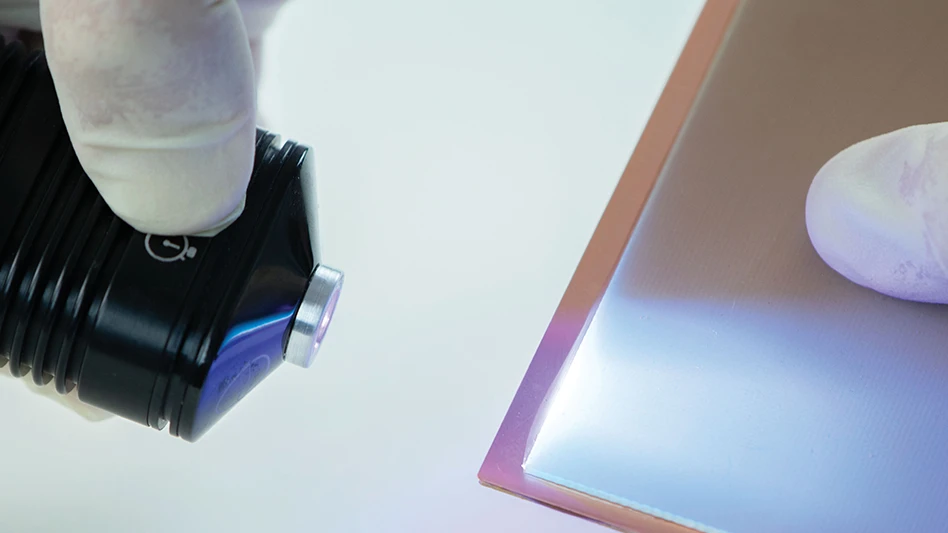
Traditional college dorm furniture is durable, functional, and effective. Terms like flexible and comfortable aren’t part of the conversation. I was amazed at the strides today’s institutional furnishing had made recently when I moved my oldest to her campus.
When we arrived, we were handed a flyer that showed a variety of ways to arrange the pieces in the room – bunk, loft, half-loft, lofted-off-wardrobe, or just plain old twin XL beds surrounded by furniture. I fully expected reconfiguring dorm furniture to be about as much fun as watching someone without much patience searching for Allen wrenches while building assembly-required furniture (not that I know any people like that), but it turned out to be super easy.
Just two adults could move the furniture around, lift, loft, un-loft, and even create our own loft ideas while the two incoming freshmen helpfully supervised, saying yea or nay to the various design options offered. No tools or cursing required; it took just a few minutes.
Designing and manufacturing dorm room furniture is far from the precision required when designing and manufacturing medical devices – we had to use cardboard shims to balance the final setup the roommates decided on – each one of those pieces fit together with ease, and all were interchangeable for whatever placement the residents wanted.
After hours of unpacking and helping set up a dorm room, the clunky, golden-stained furniture made me think of what goes into designing and manufacturing precision medical devices – features that are often not visible in the final product. Take for example the Heidenhain rotary encoders that provide the precise positioning required on the GammaPod used to treat breast cancer in one-to-five treatments versus 5 days per week for 6 weeks. (See page 14.) The patient and technician don’t see them, but the design is what makes this life-saving treatment that precise.
Then there’s the growing market for wearables and home health care products, which seems to always be pushing for smaller devices for user convenience, leaving OEMs to develop high-functioning components in miniaturized versions, such as the RF-chip antennas for wireless biosensors and medical wearables. (See page 10.)
While the above examples demand precision for their form, fit, and function as they are incorporated into the device or equipment, consider the perfect design demanded for a surgical tool or handheld device. These require incorporation of ergonomics – every touch point is considered – and insight for how it works in conjunction with adjacent devices used in the procedure. (See page 28.)
When I consider these devices save or improve lives, I appreciate the small nuisances that make that possible – weight, balance, function, feel – often wondering how the design looked when it probably began as an idea sketched on a napkin.
Do you have a product design journey that comes to mind that changed over time as design needs were incorporated at various steps in development? If so, send me an email and let me know about your product design journey.

Explore the September 2018 Issue
Check out more from this issue and find your next story to read.
Latest from Today's Medical Developments
- Kistler offers service for piezoelectric force sensors and measuring chains
- Creaform’s Pro version of Scan-to-CAD Application Module
- Humanoid robots to become the next US-China battleground
- Air Turbine Technology’s Air Turbine Spindles 601 Series
- Copper nanoparticles could reduce infection risk of implanted medical device
- Renishaw's TEMPUS technology, RenAM 500 metal AM system
- #52 - Manufacturing Matters - Fall 2024 Aerospace Industry Outlook with Richard Aboulafia
- Tariffs threaten small business growth, increase costs across industries





